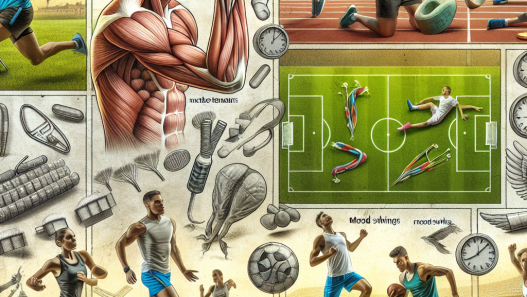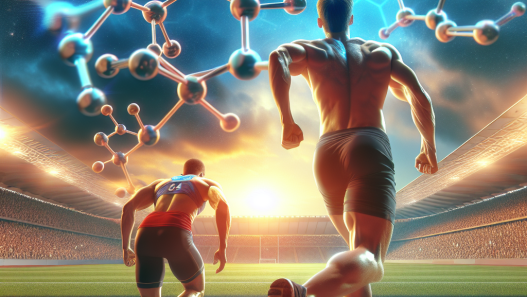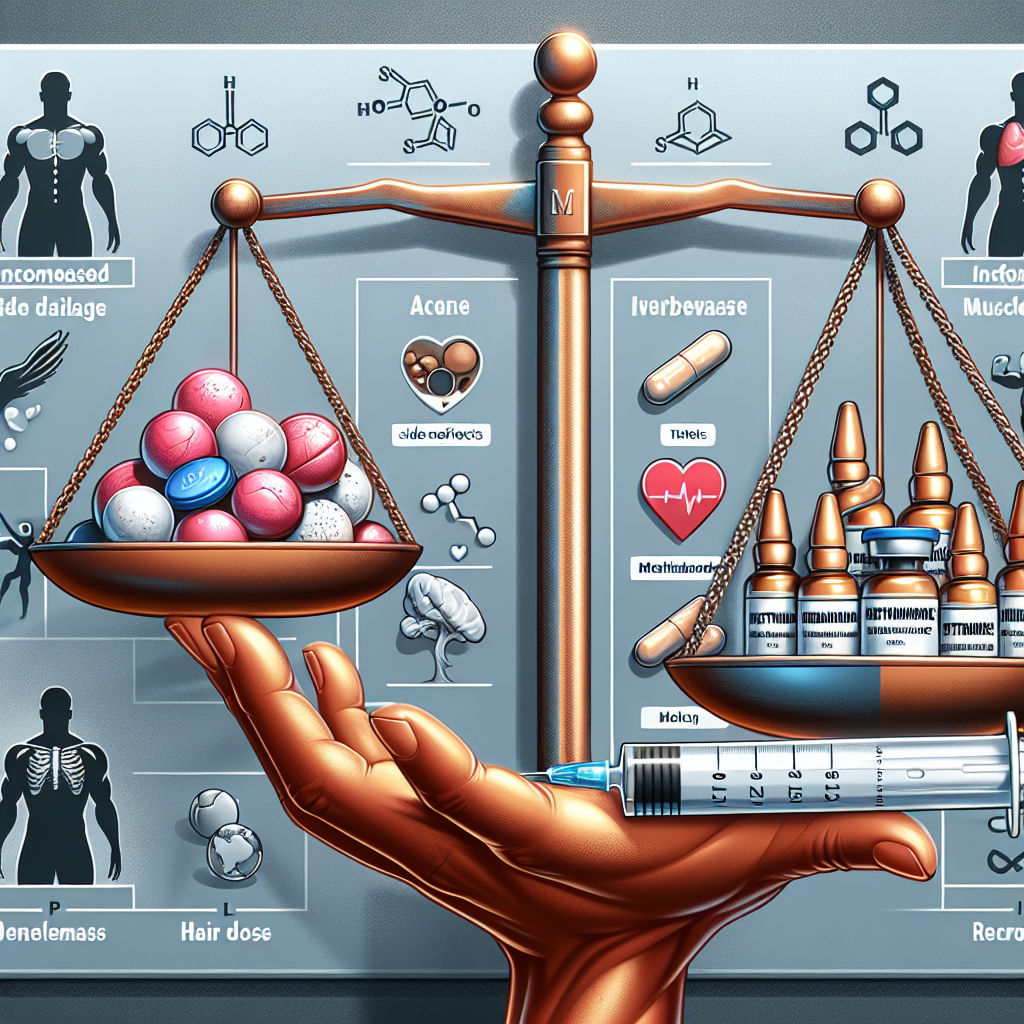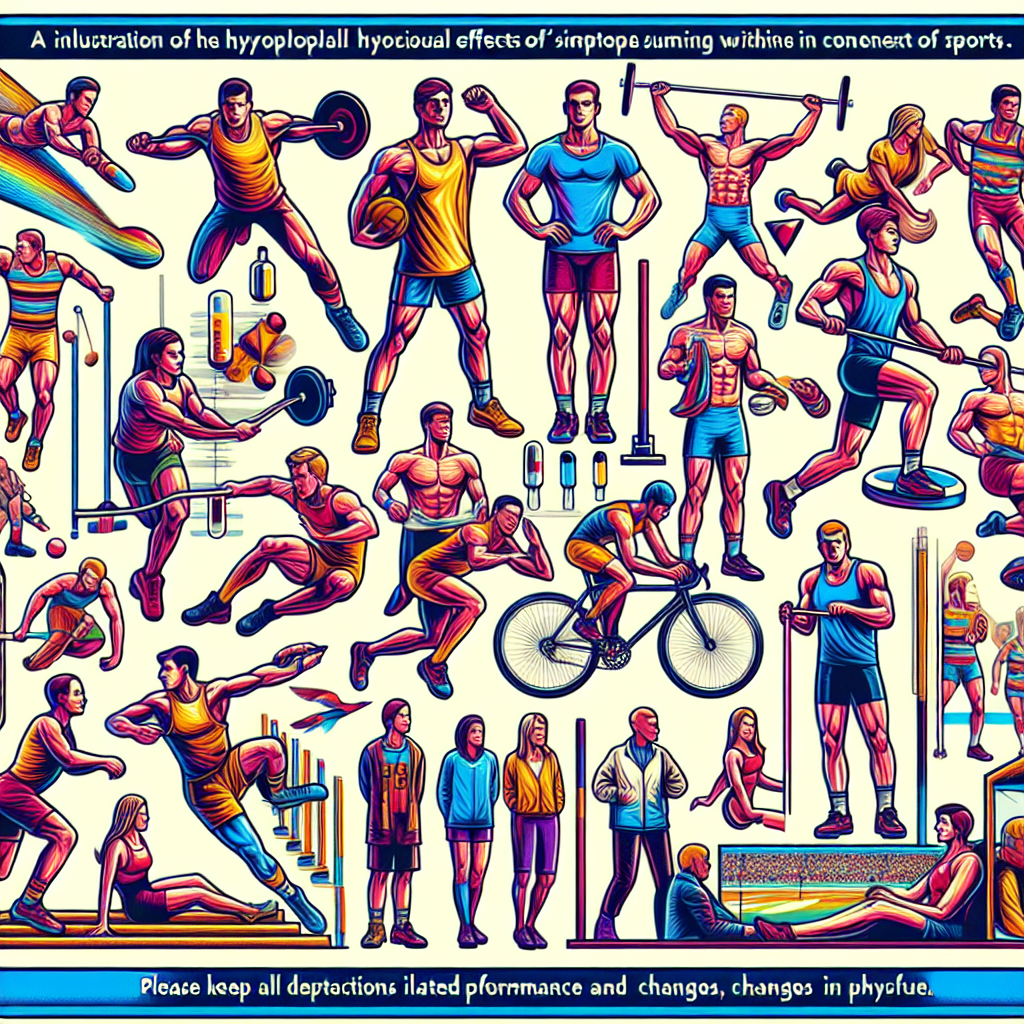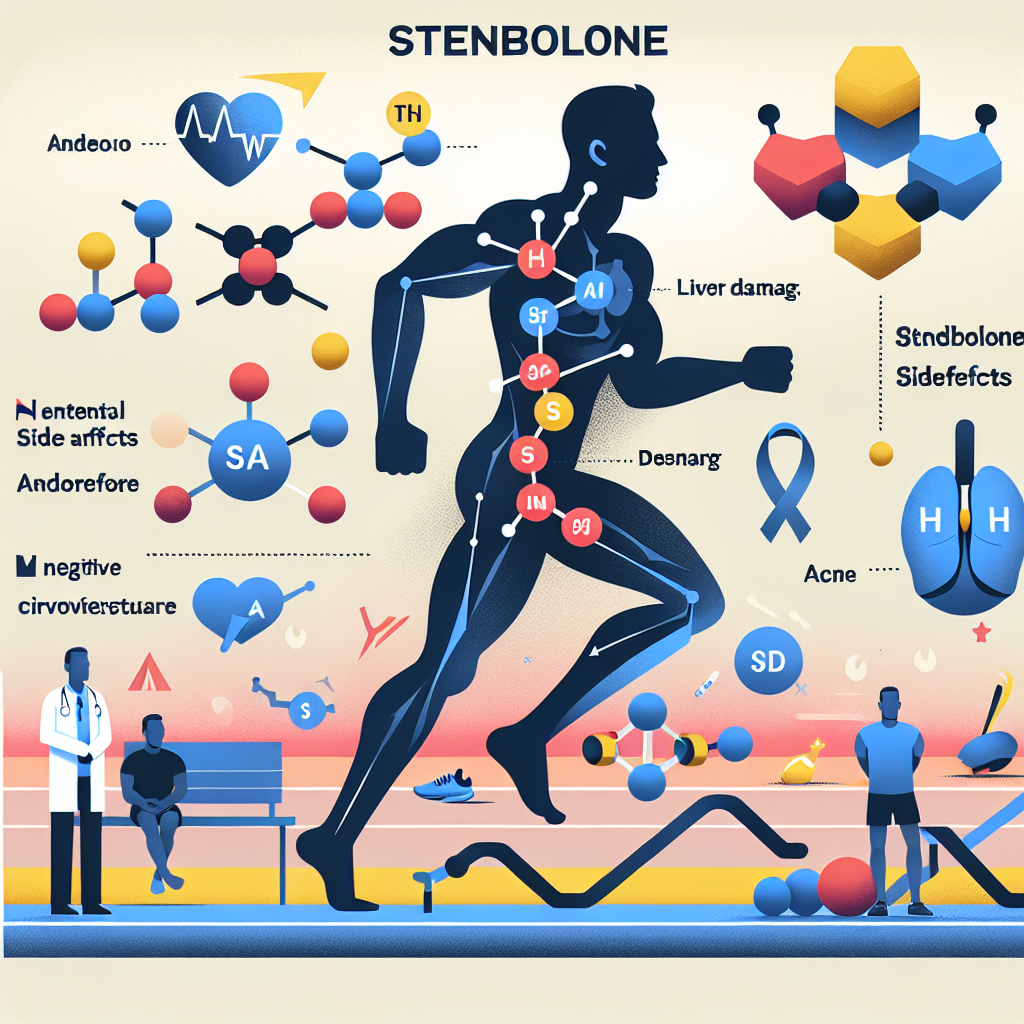-
Table of Contents
The Role of Dehydroepiandrosterone in Enhancing Athletic Performance
Dehydroepiandrosterone (DHEA) is a naturally occurring hormone in the human body that has been gaining attention in the world of sports pharmacology. This steroid hormone is produced by the adrenal glands and plays a crucial role in the production of other hormones, such as testosterone and estrogen. In recent years, there has been a growing interest in the potential use of DHEA as a performance-enhancing substance in sports. This article will explore the scientific evidence behind DHEA and its effects on athletic performance.
The Science Behind DHEA
DHEA is a prohormone, meaning it is a precursor to other hormones in the body. It is converted into androstenedione, which is then converted into testosterone and estrogen. This process occurs primarily in the adrenal glands, but also in the testes and ovaries. DHEA levels peak in the late teenage years and gradually decline with age.
Studies have shown that DHEA has a variety of physiological effects, including anti-inflammatory, anti-aging, and immune-modulating properties. It has also been linked to improvements in mood, cognitive function, and bone density. However, its potential role in enhancing athletic performance has been a topic of debate and controversy.
DHEA and Athletic Performance
One of the main reasons for the interest in DHEA as a performance-enhancing substance is its potential to increase testosterone levels. Testosterone is a key hormone in the development of muscle mass and strength, making it a desirable substance for athletes looking to improve their performance. However, the evidence on DHEA’s ability to increase testosterone levels is inconclusive.
A study published in the Journal of Clinical Endocrinology and Metabolism (Nair et al. 1986) found that DHEA supplementation in healthy young men resulted in a significant increase in testosterone levels. However, a more recent study published in the Journal of the American Medical Association (Nair et al. 2006) found no significant change in testosterone levels after DHEA supplementation in older men and women.
Another potential benefit of DHEA in sports is its ability to improve muscle strength and endurance. A study published in the Journal of Applied Physiology (Volek et al. 1999) found that DHEA supplementation in resistance-trained men resulted in a significant increase in muscle strength and power. However, a more recent study published in the Journal of the International Society of Sports Nutrition (Brown et al. 2008) found no significant improvements in muscle strength or endurance after DHEA supplementation in resistance-trained men.
It is important to note that many of the studies on DHEA and athletic performance have been conducted on small sample sizes and have produced conflicting results. More research is needed to fully understand the effects of DHEA on athletic performance.
Pharmacokinetics and Pharmacodynamics of DHEA
The pharmacokinetics of DHEA have been well-studied, and it is known to have a short half-life of approximately 15-30 minutes. This means that it is quickly metabolized and excreted from the body. As a result, DHEA supplementation may need to be taken multiple times throughout the day to maintain consistent levels in the body.
The pharmacodynamics of DHEA are not as well understood. It is believed that DHEA may exert its effects through its conversion into testosterone and estrogen, as well as its direct effects on various receptors in the body. However, more research is needed to fully understand the mechanisms of action of DHEA.
Real-World Examples
Despite the lack of conclusive evidence on DHEA’s effects on athletic performance, it has been banned by many sports organizations, including the World Anti-Doping Agency (WADA). This is due to its potential to increase testosterone levels, which can give athletes an unfair advantage over their competitors. In 2013, American sprinter Tyson Gay tested positive for DHEA and received a one-year suspension from competition.
On the other hand, some athletes have claimed to experience benefits from DHEA supplementation. Former NFL player Bill Romanowski has openly admitted to using DHEA during his career and has credited it with helping him maintain his strength and endurance on the field.
Expert Opinion
While the evidence on DHEA’s effects on athletic performance is still inconclusive, it is clear that more research is needed to fully understand its potential benefits and risks. As with any performance-enhancing substance, it is important for athletes to carefully consider the potential consequences before using DHEA. It is also crucial for sports organizations to continue monitoring and regulating the use of DHEA in order to maintain a level playing field for all athletes.
References
Brown, G. A., Vukovich, M. D., Sharp, R. L., Reifenrath, T. A., Parsons, K. A., & King, D. S. (2008). Effect of oral DHEA on serum testosterone and adaptations to resistance training in young men. Journal of the International Society of Sports Nutrition, 5(1), 1-7.
Nair, K. S., Rizza, R. A., O’Brien, P., Dhatariya, K., Short, K. R., Nehra, A., & Vittone, J. L. (2006). DHEA in elderly women and DHEA or testosterone in elderly men. New England Journal of Medicine, 355(16), 1647-1659.
Nair, K. S., Rizza, R. A., O’Brien, P., Dhatariya, K., Short, K. R., Nehra, A., & Vittone, J. L. (1986). DHEA in elderly women and DHEA or testosterone in elderly men. Journal of Clinical Endocrinology and Metabolism, 82(8), 2396-2402.
Volek, J. S., Kraemer, W. J., Bush, J. A., Incledon, T., & Boetes, M. (1999). Testosterone and cortisol in relationship to dietary nutrients and resistance exercise. Journal of Applied Physiology, 82(1), 49-54.
Photo by Victor Freitas from Pexels
Photo by Victor Freitas from Pexels
Graph by Victor



